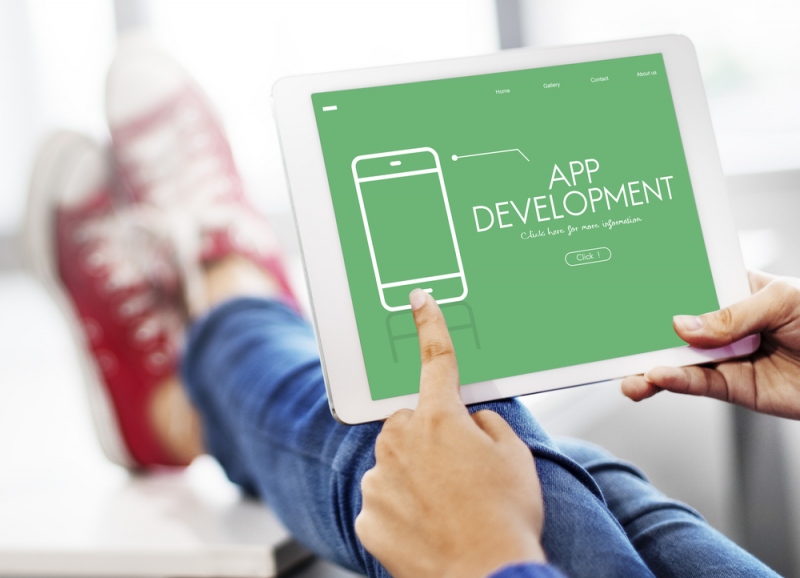 I’ve owned my trusty TomTom since 2004 and it has certainly saved me from getting lost on more than one occasion.
I’ve owned my trusty TomTom since 2004 and it has certainly saved me from getting lost on more than one occasion.
When joining my friends on a bit of a road trip not so long ago, I noticed that instead of reaching for a sat nav, my friend slotted his mobile phone into a docking unit, and promptly loaded up an app.
This got me thinking… could the dedicated sat nav be facing a new kind of threat in the form of the deadly Smartphone?
I like my TomTom, and still use it regularly with no problems whatsoever, but trying to convince my travelling companions that a dedicated GPS device has more pros than cons in comparison to a smartphone, didn’t go down too well.
So, are the latest smartphones better designed for satellite navigation compared to dedicated devices? With a TomTom in one hand and an iPhone in the other, we looked at the evidence!
- Outstanding colour touch screens – iPhone won
- Faster processors – iPhone seemed quicker
- Huge storage capacity – iPhone won hands down
- High resolution displays – iPhone won
- Greater portability for removal from the car or for use on foot – iPhone won
- Ideal for receiving useful real-time information, such as traffic incident updates – Tie
I decided to take a closer look at the actual app. The sat nav app we were using was developed by TomTom, but there are now many similar apps on the market created by all the major brands including the likes of Garmin and Navman.
Sat nav apps for smartphones are much less expensive than dedicated devices, and with more users downloading and using these apps, the direction of our debate started to take on a new direction. The question we were all now asking was could the smartphone therefore be seen as the sat nav’s saviour as well as a potential rival?
A full-featured app like the one we were using – “TomTom U.K. & Ireland” can be downloaded for about £50. This app typically included all the advanced features you’d expect from the most expensive navigation devices. So compared with a dedicated device typically costing around £150, these apps certainly seem to offer great value for money.
The smartphone isn’t the only competitor ready to run the stand-alone GPS off the road. Sat navs that are purpose built into the dashboards have proved successful in larger cars, but if you look around, you can see them cropping up in some manufacturers’ mid-range models. In fact, on-board systems now come as standard in many vehicles.
Finally, I personally believe the satnav does have one clear advantage over a smartphone: it may only do one thing, but it’s a device that’s self-ruled in its appeal to consumers of all kinds. A multifunction smartphone, on the other hand, instantly excludes inexperienced or unfamiliar users.
So has traditional satellite navigation stalled? Well, in my opinion, it may be gearing up for a tough ride, but with so many new ways of transforming the product and moving the market forward, it’s certainly not out of the race yet!
How do you get around? Do you put your trust in a traditional stand alone navigation device or simply get your phone out and use Google maps?
Tim Aylott writes for Review Centre, a website with consumer generated reviews on all kinds of products and services, including sat nav accessories and sat nav hire.










Comments